The Netherlands has 13 UNESCO World Heritage sites. Quite a lot for a small country, like ours. But as small as it is, we also meet three of the World Heritage themes set by UNESCO as well. Requirements of the World Heritage themes that the Netherlands meets are: The Netherlands is a land of water, a civil society, and a designed country.
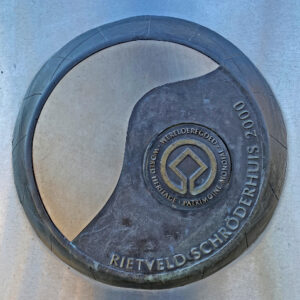
13 Cultural World Heritages in the Netherlands
1. Schokland and surroundings, Noordoostpolder – UNESCO 1995
Schokland, is a former island located in the Netherlands, in the province of Flevoland. It was one of the areas reclaimed from the sea during the process of land reclamation in the Netherlands.
➔ UNESCO World Heritage, Schokland a former island in the Dutch Southern Sea
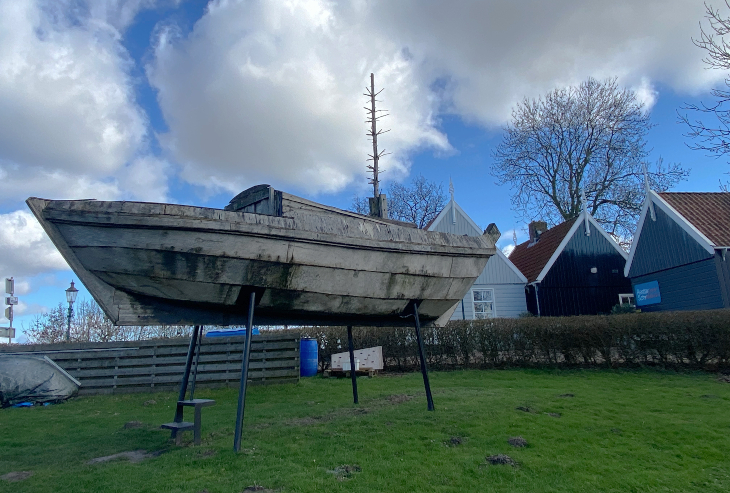
2. Historic Area of Willemstad, Inner City and Harbour, Curaçao – UNESCO 1997
Willemstad is the capital city of Curaçao and since 1997 a UNESCO World Heritage Site. The city’s distinct colorful buildings, known as “The Handelskade,” line the waterfront and create a picturesque and vibrant scene. These buildings are a testament to the island’s past as a hub for trade and commerce. Another notable feature of Willemstad’s UNESCO designation is its historical role as a well-preserved example of a planned European colonial settlement in the Caribbean. The city’s layout, streets, and buildings reflect the urban planning that occurred during the 17th and 18th centuries. Willemstad boasts a rich cultural heritage with a diverse mix of traditions from the Netherlands, Africa, and the Americas. This cultural fusion is evident in the local cuisine, music, and festivals, making the city a fascinating and colorful destination for visitors.
➔ UNESCO World Heritages, Curacao, Willemstad
3. Mill Network at Kinderdijk – UNESCO 1997
An absolute must-see are the windmills of Kinderdijk! It’s a truly enchanting place located in the Netherlands and is a UNESCO World Heritage Site. As a tourist in the Netherlands, visiting Kinderdijk offers a unique and authentic experience that allows you to immerse yourself in Dutch history, culture, and iconic landscapes. Walking on the small road where the mills are built feels like time has stood still. Visit a mill and feel like a time traveler. must-see
➔ UNESCO World Heritages, Windmills of Kinderdijk
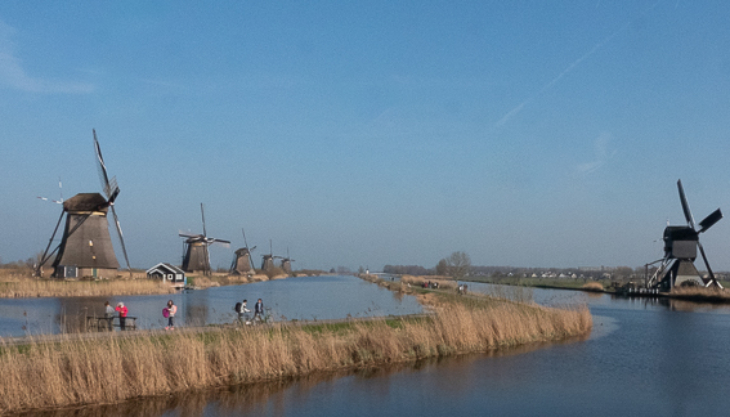
4. Ir. D.F. Woudagemaal, Steam Pumping Station Lemmer Frysian – UNESCO 1998
The Woudagemaal is located in Lemmer, a town in the province of Friesland. It is also known as the Ir. D.F. Woudagemaal, is a UNESCO World Heritage Site. The Woudagemaal is a remarkable historic steam-driven pumping station that was constructed in the early 20th century. It was built to help control the water level in the surrounding low-lying areas and prevent flooding, which is a constant threat in the Netherlands due to its extensive network of rivers, canals, and waterways. The pumping station was completed in 1920 and played a crucial role in regulating the water level in the region for many decades. It was designed by the Dutch civil engineer D.F. Wouda, after whom the facility is named. Woudagemaal’s architecture is considered an excellent example of Dutch engineering ingenuity and industrial architecture from the early 20th century.
➔ UNESCO World Heritages, Lemmer Woudagemaal Friesland
5. Beemster Polder, reclaimed land in North Holland – UNESCO 1999
Beemster is a polder and municipality located in the province of North Holland, Netherlands. It is known for its historic and well-preserved Dutch landscape, characterized by flat farmland, canals, and windmills. The area is famous for its high-quality dairy products, particularly cheese, and has been recognized as a UNESCO World Heritage Site since 1999 for its exceptional example of reclaimed land and innovative water management. Beemster attracts visitors with its picturesque beauty and cultural heritage, making it a popular destination for tourists and cheese enthusiasts alike.
➔ UNESCO World Heritages, Beemster Polder
If you’re curious about the magical transformation of a lake into the picturesque Beemster polder, don’t miss this episode! “Het Klokhuis” takes you on a delightful journey, unraveling the secrets of 17th-century Dutch ingenuity. Discover how they turned water into land, creating the geometric marvel that is De Beemster. It’s a fascinating blend of history and Dutch engineering. The program is in Dutch, so you may be able to use Google Translate to understand exactly what is being said. Many of the images speak for themselves.
➔ The Beemster is a UNESCO World Heritage Site, from a large inland lake to a beautiful polder
6. Rietveld Schröder House Utrecht – UNESCO 2000
The Rietveld Schröder House is renowned for its architectural significance and is considered an iconic example of the De Stijl movement, which was an influential art and design movement in the early 20th century. The Rietveld Schröder House is recognized as a cultural treasure of global importance. Its inscription serves to preserve and protect its architectural and historical significance for future generations. Visitors to Utrecht can explore this iconic masterpiece, gaining insights into the innovative spirit of its creator and the De Stijl movement that left a lasting impact on modern art and design.
➔ UNESCO World Heritages, Rietveld Schröderhuis Utrecht
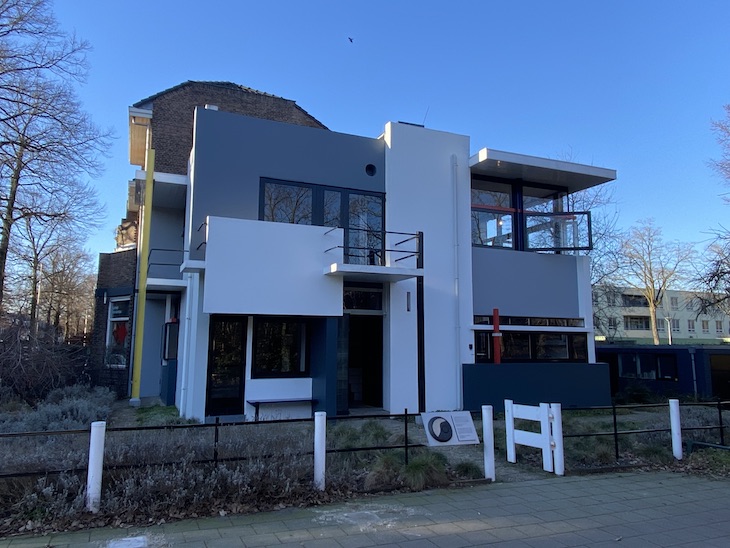
7. Canals of Amsterdam – UNESCO 2010
In summary, Amsterdam’s canals are much more than just a tourist attraction; they represent a living heritage, a testament to human ingenuity, and a reflection of the city’s identity and history. Exploring the canals by boat is an immersive and enchanting experience that allows visitors to truly appreciate the beauty and significance of this UNESCO World Heritage Site.
➔ UNESCO World Heritages, Canals of Amsterdam, a living heritages
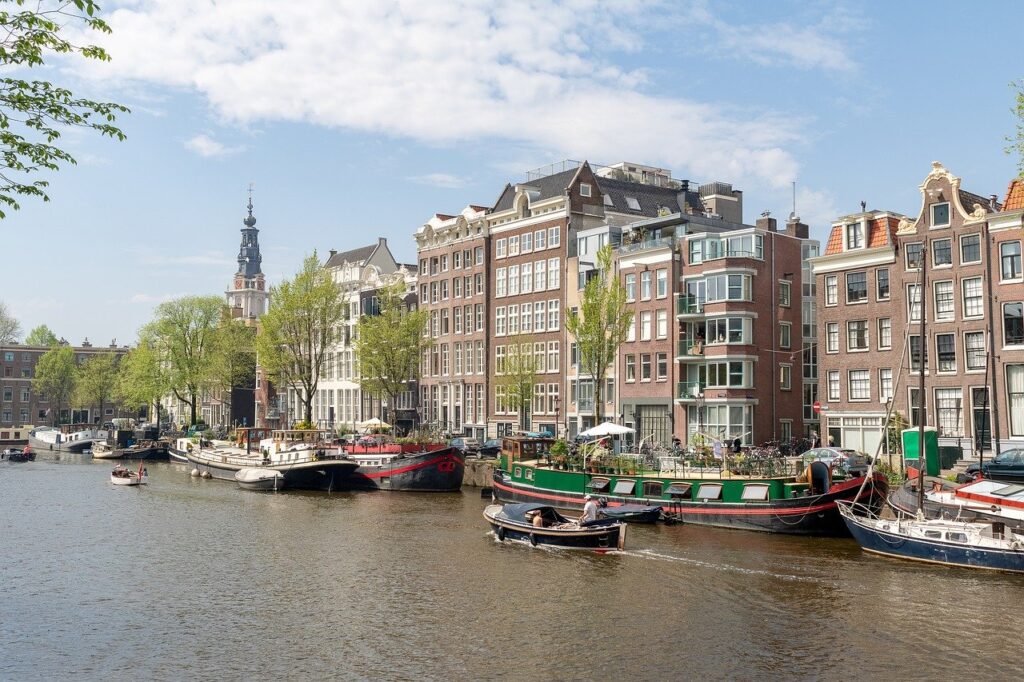
8. Van Nelle fabriek in Rotterdam – UNESCO 2014
Van Nelle is a cultural heritage site located in Rotterdam, Netherlands. It is a former coffee, tea, and tobacco factory that was built between 1925 and 1931, and designed by architects Brinkman and Van der Vlugt. The factory is renowned for its functionalist and modernist architectural style, characterized by its large windows, open spaces, and innovative use of concrete and steel. Van Nelle factory is recognized for its significant contribution to the development of modern architecture and industrial design. Today, the site is used for various purposes, including offices, exhibition spaces, and events.
➔ UNESCO World Heritages, Van Nelle, Rotterdam
9. Neder-Germaanse Limes – Frontiers of the Roman Empire – UNESCO 2021
In 2021, UNESCO inscribed the Dutch-German section of the “German Limes” or “Germanic Limes” as a World Heritage Site. The German Limes is part of the larger “Frontiers of the Roman Empire” World Heritage property, which comprises various Roman frontier sites across Europe. The inscription recognizes the historical significance of the Dutch-German section as a well-preserved frontier of the ancient Roman Empire, showcasing the interactions and conflicts between the Romans and Germanic tribes during that era. This recognition aims to preserve and promote the cultural and historical importance of this archaeological site for future generations.
➔ UNESCO World Heritages, German Limes, Frontiers of the Roman Empire
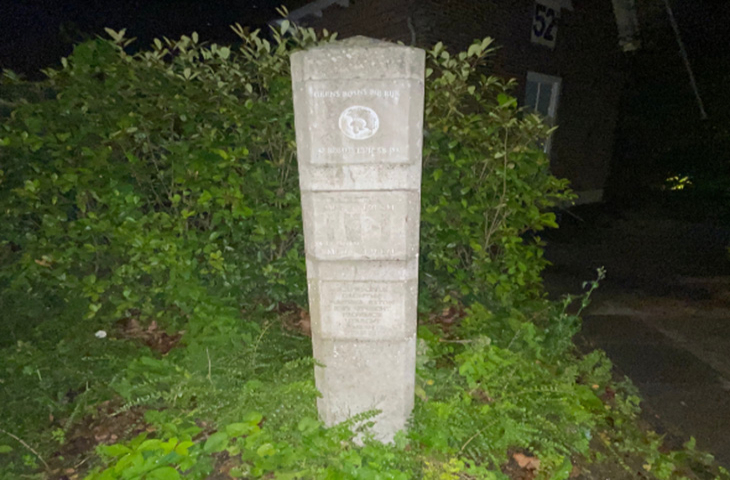
10. Dutch Water Defense Lines – UNESCO 2021
The Dutch Water Defense Lines, are a series of historical defense systems that were designed to protect the low-lying areas of the country from enemy invasion by using strategic flooding. The waterlines consist of dikes, canals, and locks that could be intentionally inundated to create a barrier against invaders. The two main waterlines are the “Old” Waterline (Oude Hollandse Waterlinie) and the “New” Waterline (Nieuwe Hollandse Waterlinie). The Old Waterline dates back to the 17th century, while the New Waterline was built in the 19th century. These waterlines represent a unique example of military defense systems based on water management, showcasing the innovative strategies the Dutch used to protect their land and cities throughout history. Today, the UNESCO designation aims to preserve and promote the cultural and historical value of these defense lines for future generations.
➔ UNESCO World Heritages, Dutch Water Defence Lines
➔ READ MORE – Here you find a great overview of all the Dutch Water Defence Line fortifications
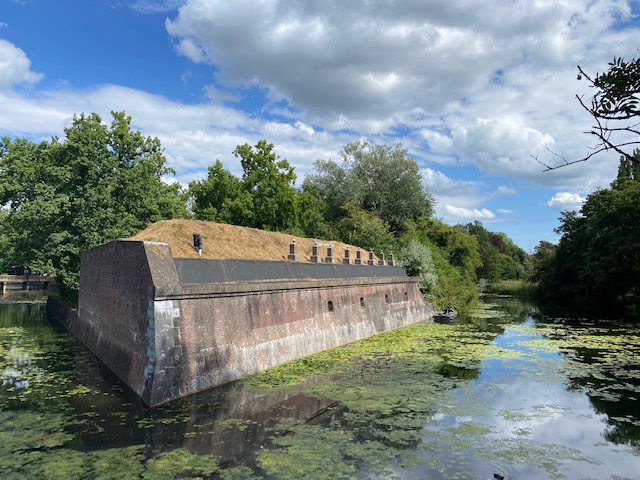
11. Colonies of Benevolence Frederiksoord, Willemsoord and Wilhelminaoord – UNESCO 2021
The Colonies of Benevolence Frederiksoord is a historic site that was established in 1818 as a social experiment to address poverty and social issues during the 19th century. The Colonies aimed to provide agricultural and vocational training to impoverished families, helping them become self-sufficient. It became a model for social reform and inspired similar colonies across Europe. In recognition of its historical significance, the site was inscribed as a UNESCO World Heritage Site in 2021. Today, the Colonies of Benevolence serves as a living monument, preserving its legacy and promoting awareness of its impact on social welfare practices.
➔ UNESCO World Heritage, Colonies of Benevolence
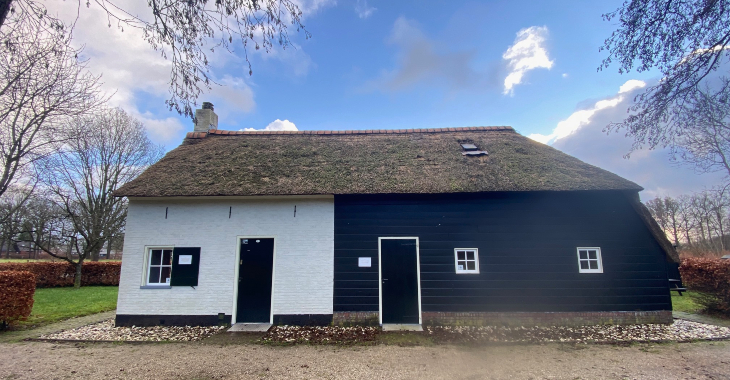
12. Planetarium Franeker – UNESCO 2023
The Planetarium of Eise Eisinga in the city of Franeker in Friesland is proud to be nominated as Cultural World Heritage. You mus see the Royal Eise Eisinga Planetarium. It is extraordinary. In 2019, Minister Ingrid van Engelshoven (Education, Culture, and Science) submitted the nomination in Paris. The Eise Eisinga Planetarium is the oldest operating planetarium in the world.
➔ Read the Must See Holland article about the Planetarium in Franeker.
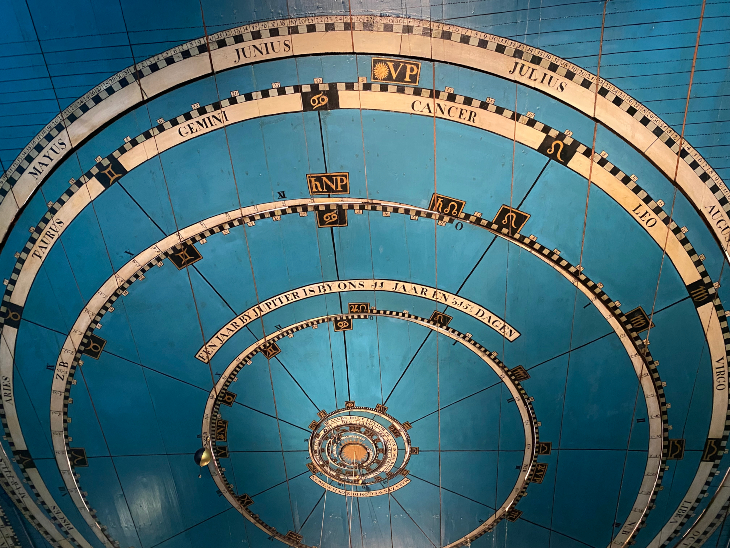
13. The Waddensea a Natural World Heritage in the Netherlands – UNESCO 2009
The Wadden Sea, including the waters along the German and Danish, is the only Natural World Heritage in the Netherlands. The Wadden Sea is a unique sea area in the world and it needs to be protected against e.g. industrial fishing and fossil exploitation. Ebb and flood, the wind and the tides create a landscape of water streams between drying mudflats and sandbanks. This area is always in motion. The landscape of the Wadden Sea changes every day. If you have the opportunity take a walk on the mudflats. This is the so-called mudflat walking. If you are booking a tour, be prepared and read the dress code before you start your mudflat hiking trip.
➔ Book here your mudflat hiking, this walk takes about 3 hours
➔ Read our post about the Wadden Sea and the Dutch Wadden Sea Islands
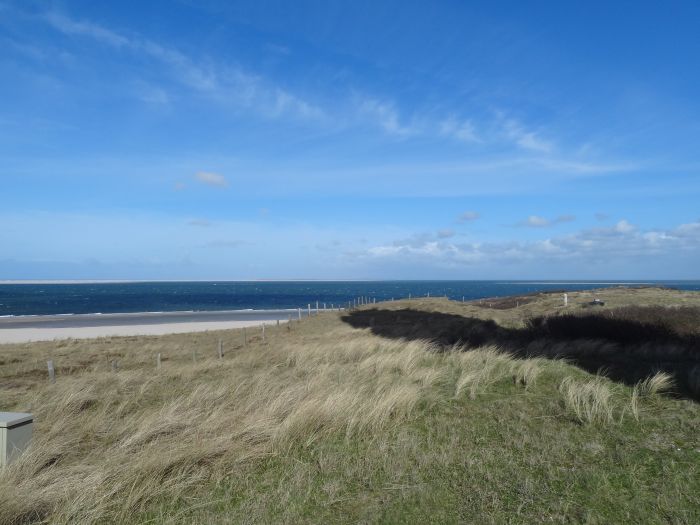
Purpose of UNESCO World Heritage
The purpose of UNESCO World Heritage is to preserve and protect unique and valuable heritage. So future generations can enjoy and learn from it. The status of unique and irreplaceable world heritage also ensures that there is a mutual understanding between and for other cultures.
UNESCO’s definition of World Heritage
UNESCO stands for United Nations Educational, Scientific and Cultural Organization. Part of UNESCO is the World Heritage Convention and the associated World Heritage List
➔ Overview of the World Heritage List
Types of UNESCO World Heritages in the NETHERLANDS
Within UNESCO’s World Heritages, there are three types: cultural heritage, natural heritage, or a hybrid form of the two heritages. In the Netherlands, there are 11 cultural heritages and 1 natural heritage. As far as we know, for now, there is no hybrid heritage, a combo of both heritages in the Netherlands.
Location of UNESCO World Heritage Sites in the Netherlands?
How to get on the World Heritage list
Firstly a country has to meet the following conditions in order to get a national phenomenon on the world heritage list. to begin with, a country signs the UNESCO World Heritage Convention. From this point on, the country may occupy an area or building or submit a motivated heritage to the list of World Heritage Sites. Of course, the next step is that a country explains why heritage is of exceptional and irreplaceable value to the world. It can take more than 10 years before a nominated heritage is officially placed on the World Heritage list. The UNESCO World Heritage Committee consists of representatives from 21 countries. Decisions are made annually about new contributions to the World Heritage List.


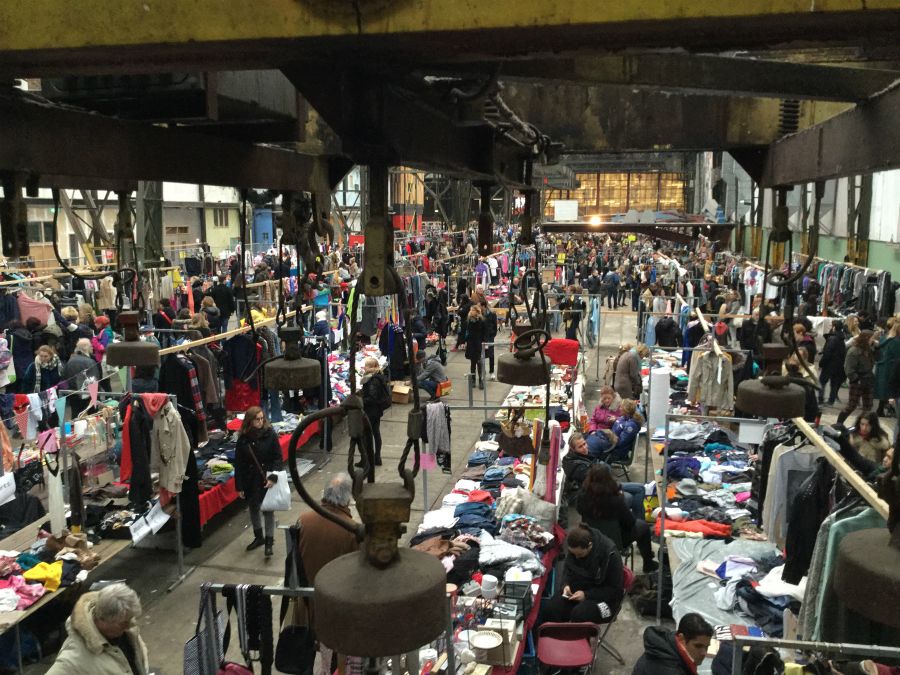




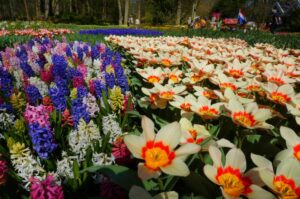

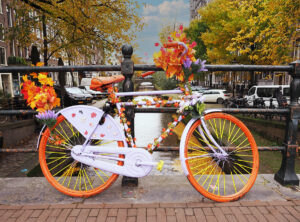

Leave A Reply